Post Content
Post Content
Learn How to Shave with a Safety Razor: Stop Torturing Yourself
How to Use a Safety Razor- An Introduction
Before we get into the details of how to shave with a safety razor, it’s a good idea to first familiarize yourself with the razor itself and how to put it together.
So, what is a safety razor?
If you’re not familiar with a safety razor, they consist of four basic parts: a double-edged razor blade (sold separately); the head (which goes over the blade and acts as a guard); the comb (which fits in between the handle and head and holds the razor blade in place); and the handle.
To assemble the razor, first put a new razor blade between the comb and head, making sure to line up the holes in the blade with those in the comb and head to lock the blade in place.
![How to Shave with a Safety Razor in [year]! 1 how to shave with a safety razor](https://www.primandprep.com/wp-content/uploads/2014/10/canstockphoto7930177.jpg)
Then it’s as simple as screwing the head to the handle, just be sure to tighten the screw as much as possible to prevent the blade from moving.
Shaving with a safety razor makes you feel safe if done properly.
For the Best Shave of Your Life
If you’re like most men, then shaving your face is definitely not something you look forward to, instead, it’s more of a daily hassle that you’d like to get done as quickly as possible.
Unfortunately, though, there really isn’t a clear-cut set of instructions on how to shave your face, as every man is different and has their own preferences.
That being said, when it comes to the question of how to get the closest shave, there are a few important factors, none more so than your choice of razor.
Most Popular Products |
||
|---|---|---|
| "#1 Butterfly Safety Razor" | "Best Shaving Kit" | "Top After-Shave Balm" |
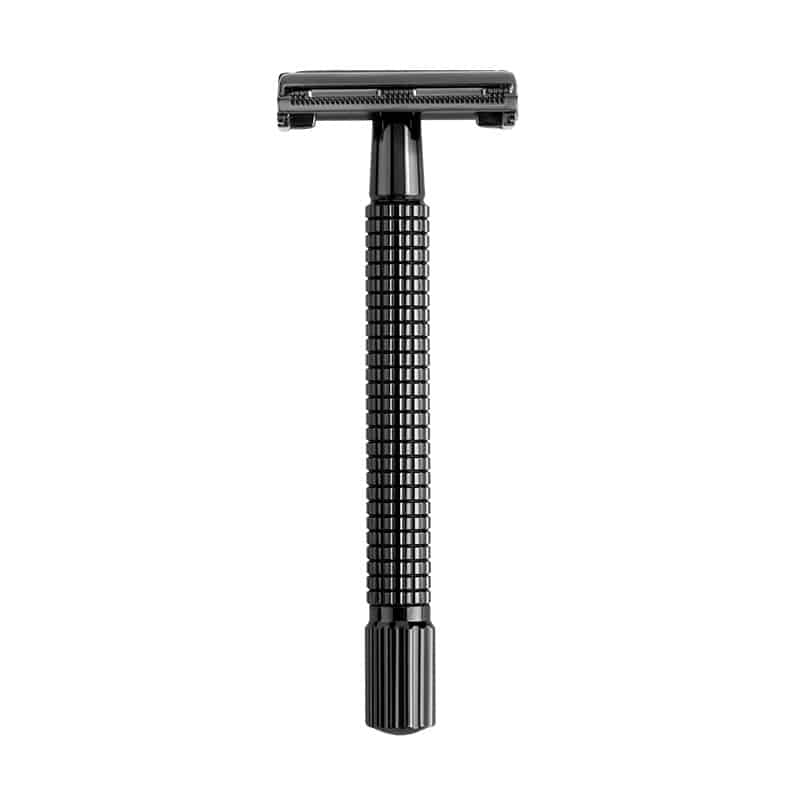 | 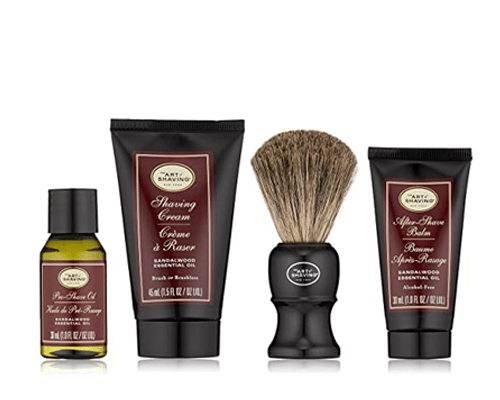 | 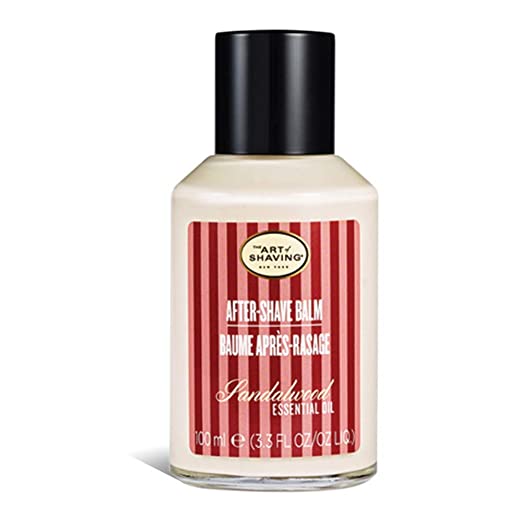 |
| View on Sigma | View on Amazon | View on Amazon |
Disposables, straight razors, cartridges, electric shavers—almost every man has his own preference when it comes to his choice of shaving tool.
However, for those who are interested in getting the closest shave possible, wet shaving with a double-edge safety razor (top safety razors by budget) is surely the best choice (unless you’re brave enough to go all out and use one of the best straight razors).
Advantages of Using a Safety Razor
The safety razor was invented well over 100 years ago (Gillette patented the first safety razor in 1901) and for several generations, it was the go-to shaver for most men.
Chances are that this is what most of our grandfathers used or still use to shave their faces.
However, nowadays many savvy men are starting to turn back the clock and pick up an old-school safety razor for themselves—and if you’re smart, you’d do well to join them.
Each type of razor has its benefits and drawbacks; electric shavers are great for a quick shave (best electric shavers), but can be costly and definitely won’t give you the closest shave.
On the other hand, disposable razors are super cheap, but do a terrible job, while multi-blade cartridge razors can offer a close smooth shave, but the rising price of the replacement cartridges is making more and more men shy away.
However, old-fashioned safety razors eliminate all of these problems, as they can provide an incredibly close shave.
Also, the replacement blades and the shaver itself are quite cheap—making this the easiest, most efficient, and most cost-effective shaving method you’re likely to find.
A safety razor shave makes you achieve your desired look with ease.
Simply put, no other razor can give you so much for so little.
Nonetheless, there are a few tips that should help you learn to know how to use a safety razor properly, so read on to get the tools you need for the best shave of your life.
A Quick Note on Blades and Razors
When it comes to how to get the closest shave, your choice of razor blades will have just as much of an effect on the end result as your choice of a shaver.
That being said, there’s still no reason to skimp and choose the cheapest safety razor, as a high-quality one could last you a decade or more.
Do well to use a safety razor that’s slightly heavy (it gives you a better feel), fits comfortably in your hand and that seems sturdy and well-built.
Although most safety razors have fixed blades, if you’re looking for a bit more control, you can go with a razor that lets you adjust the number of exposed blades.
You’ll also need to decide whether you want a long or short-handled razor, although this really won’t make a difference in terms of the quality of the shave, so it’s more of a matter of which feels more comfortable in your hand.
As far as the razor blades, you shouldn’t have a problem finding blades to fit whatever razor you buy, as there are universally standard sizes and shapes.
However, there is a huge difference in quality and sharpness between the different brands and blade types—mainly due to the quality of the metal used, which determines how sharp the blade will be.
The gold standard is the ultra-sharp “feather” blades produced by a number of Japanese companies, which are perfect for anyone with thicker or more coarse facial hair.
Just be careful, as these babies are sharp and can make you bleed for hours if you’re not paying attention.
How to Shave with a Safety Razor – Getting Your Face Ready
One of the most important things to know before using a safety razor (or anything other than an electric shaver) is how to wet shave.
This keeps your face lubricated, which allows the razor to more smoothly glide over the face and helps to prevent cuts and razor burn.
Many men think they understand what is wet shaving, but the truth is most of us simply splash a bit of water on our faces before getting started, real wet shaving requires a bit more preparation and work.
However, before we get to exactly how to wet shave, it’s first necessary to quickly look at the preparation of your face for shaving to help get a closer shave.
The biggest key to a close shave is to open up the pores and soften up your facial hair with either a warm shower or by wrapping a warm, wet towel around your face for 5-10 minutes.
It’s also a good idea to wash your face with an exfoliating soap before shaving, as this will help remove dead skin cells and results in a much closer shave.
You may want to use a pre-shave oil or cream to help keep your face better lubricated as well, just make sure to look for something as natural as possible, as this will be less harsh on your skin.
We have tested practically all the pre-shave oils and come up with this list of the best ones.
What is Wet Shaving?
The most important tip for using a safety razor is to go with a traditional wet shave, but as we mentioned, most men don’t really have a clue what this actually involves.
Real wet shaving means throwing away those chemical-based shaving creams that come from a can and investing in high quality, traditional shaving soap or cream, and a shaving brush.
In short, the simplest answer to the question of what is wet shaving is to think about how an old-fashioned barber would give a shave.
Most traditional wet shaving creams and soaps usually come in a small tub or tin and are typically made of more natural ingredients that help to nourish and lubricate your face much better than those cheap canned creams you’ve probably used all your life.
Although they do cost a bit more, you typically only need a small dab to get an incredibly rich lather.
If you’ve never used a traditional wet shave cream, there are also a few tips on how to lather shaving cream that can also help you get better results, such as adding a few drops of warm water to help achieve a richer lather.
To prepare the lather, take a small, nickel-sized amount of your cream and put it into a wide cup or mug, and then add a few drops of water.
After adding the warm water, take your shaving brush and work the cream into a nice lather by stirring it briskly for between 30-60 seconds, before then using the brush to gently and evenly apply the cream all over your wet face.
When brushing the cream on your face, use smooth circular motions to fully work it into your facial hair.
By using a brush, you’ll help to further soften your facial hair and also make sure to fully cover every possible inch of your hair and face.
Once your face is entirely covered in cream, finish with a few downward strokes over the entire face to smooth the hair out and make sure it’s also done in the same direction.
Check out our awesome infographic on a Beginner’s Guide to Wet Shaving for reference.
A Quick Note on Shaving Brushes and Creams/Soaps
Shaving brushes are generally made from either boar or badger hair (although you can also find artificial hair brushes, they’re usually stiff and unpleasant to use).
The good thing about boar hair brushes is that they’re cheap—sometimes less than $5. Badger hair brushes on the other hand are usually a bit more expensive, but also of much higher quality.
Badger hair absorbs and holds on to water better than boar hair, resulting in a better lather and a closer shave (plus badger hair brushes feel fantastic on the face).
Still, your choice of brushes doesn’t matter near as much as your choice of shaving cream.
When choosing a shaving cream, you need to look for something designed specifically for wet shaving and requires water and mixing to foam.
If you can, look for something with as few chemical ingredients as possible, especially when it comes to fragrances.
There are many smells that drive women wild, but the chemical fragrances like those in a most aerosol can shave and gels are always a turnoff, so instead look for something with natural citrus or woody scents like sandalwood, cedar, or pine.
If you haven’t found the perfect shaving cream yet, you may want to check out our reviews of the top shaving creams and shaving creams for sensitive skin.
How to Shave with a Safety Razor – Holding it Properly
Now that you’ve got your razor assembled and you know how to lather shaving cream in a quality shaving bowl/scuttle/mug and how to wet shave, you’re almost ready to get started on the real task at hand and get to the actual shaving using a safety razor for the first time.
But first, you need to know how to hold the safety razor.
When it comes to the actual shaving technique, there’s really no difference between using a safety razor or any other type of shaver (i.e., always start off going with the grain, use short smooth strokes, rinse your blade off after each pass, etc.)
However, unlike cartridge razors and electric shavers, safety razors don’t have a pivoting head, meaning there is a special technique to use them properly.
Safety razors are typically made from steel, making them much heavier than what you’re probably used to.
Still, this added heaviness is actually a huge benefit and is partly what’s responsible for them giving such a close shave, as long as you know how to put that weight to work for you instead of fighting against it.
It’s important to know how to hold the safety razor in the correct position and at the right angle to do the job properly.
For instance, holding it too close to the head can put too much pressure on the blade and result in cuts or razor burn, while holding it at the right angle allows the weight of the razor to make it glide gently and evenly over the face.
The actual position of your fingers on the handle will be determined by how heavy the razor is, the length of the handle, and whether you’re shaving down (with the grain) or up.
Although, generally speaking, you should hold the shorter handled razors with three fingers and use four fingers for razors with a longer handle.
If you’re using a short-handled razor, you should hold the razor lower on the handle, although your finger placement will depend on whether you’re shaving upwards or down.
For your first passes with the grain (down), hold the razor between your thumb, index and middle fingers like you would a dart.
When shaving up against the grain, you’ll want to turn the razor over and (using the same three fingers) hold it how you would a pencil with the handle resting against the middle finger.
For long-handled razors, you’ll want to use your ring finger in addition to the other three to help account for the longer length of the handle.
When shaving downwards, grasp the handle with the three fingers on one side and the thumb on the other.
The thumb should be about in the middle of the other three, about a finger’s length from the bottom.
When you’re ready to go against the grain, turn the razor over and hold it in the same way as you would with the shorter handle, except with it resting against the ring finger instead of the middle.
With both long and short-handled safety razors, you should be holding the razor near the point of balance.
There is a whole article that is dedicated to how to hold a safety razor with images and a video.
And Finally …The Shave
By now you should really know about all there is to know on wet shaving with a safety razor, so in truth, there really isn’t much left to tell—assuming you’re not about to shave your face for the very first time.
As we mentioned before, the actual shaving process is pretty much exactly the same as with any other razor, now that you know how to properly wield your weapon.
Make sure to make at least a few passes with the grain to remove the majority of the hairs, cleaning off your blade frequently.
Then, for a closer shave, rinse off your face, brush on more shaving cream and go over everything one last time shaving against the grain.
When you’re satisfied with your shave, rinse off your face in cold water to close up the pores and tighten the skin.
For best results, finish it all up by gently rubbing in a high-quality aftershave balm or lotion—it’s that simple.
Are safety razors better?
These safety razor shaving tips will certainly guide your shaving sessions at all times.
After all, shaving with a safety razor isn’t difficult, and after you learn to do it properly, you’ll wonder how you ever tortured yourself with those other inferior or painful methods for so long.
With safety razor shaving, you’ll look forward to having a great shaving experience always.
Safety razor benefits far outweigh its drawbacks.
Having the right information on how to shave with a double edge safety razor will save you a lot of stress.
Thoughts on How to Shave With a Safety Razor
Each type of razor has its benefits and drawbacks like disposable razors are cheap, but they do not give a close shave.
While electric shavers and multi-blade cartridge razors are great for a quick shave but they are costly.
Many savvy men are now picking up an old-school safety razor for themselves.
As safety razors provide an incredibly close shave and are also cost-effective.
Shaving with safety razors is the easiest and most efficient method you’re likely to find.
In this article ‘how to shave with a safety razor’, we provided you step by step guide that will help you to carry out your shaving routine more efficiently.
Top Rated Colognes by Women |
||
|---|---|---|
| "Montblanc Legend" | "Ck One" | "Nick Jonas by John Varvatos " |
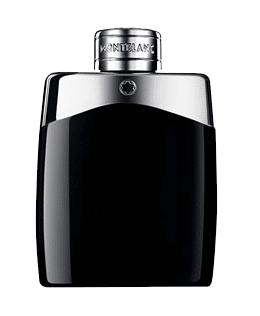 | 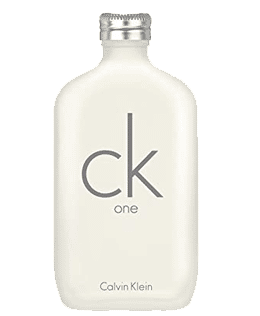 | 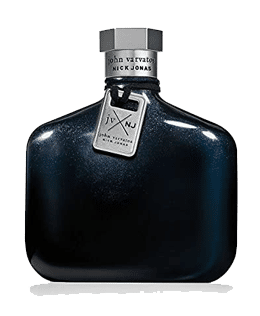 |
| Buy on Amazon | Buy on Amazon | Buy on Amazon |
FAQs On Using a Safety Razor for The First Time
![How to Shave with a Safety Razor in [year]! 2 How to shave with a safety razor (Using a Safety Razor for The First Time)](https://www.primandprep.com/wp-content/uploads/2018/09/Why-use-aftershaves.jpg)
1. How I Can Shave in the Best Way With a Safety Razor
To make a perfect shave you must need to keep some points in your mind
- Firstly, you just need to know the direction of your hair
- Always apply a bar of shaving soap or cream before starting shaving
- Always cut your hair in short strokes
- Use a safety razor in the direction of the hair
- If you feel irritation use aftershave or gel
2. Is a Safety Razor Good for Close Shaving?
Yes!
When compared to other types of razors, safety razors give a closer shave.
It is also a good choice for sensitive skin as it causes less irritation if you use it properly.
3. How Often Can I Shave With Safety Razors?
You can shave with a safety razor once a week.
For every shave, you just need to replace safety blades as it will save you from bacteria and germs
